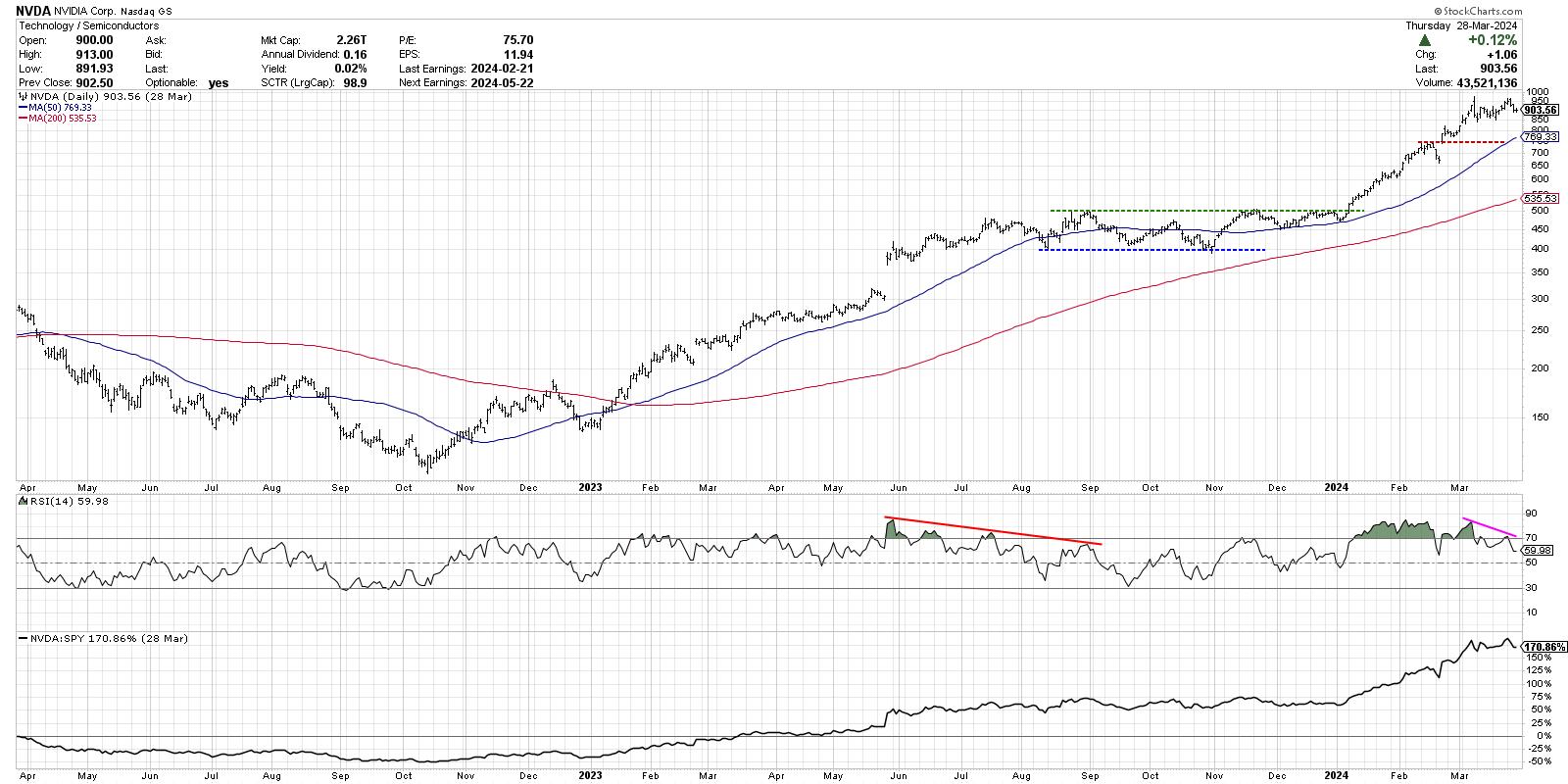Step by Step Training on Price Action Analysis – Trading Strategies – February 13, 2024

Step-by-step training:
Master price action analysis techniques
In the dynamic world of foreign exchange trading, mastering the intricacies of price movement analysis can be a powerful differentiator. By deciphering the raw language of price movements, traders gain an unparalleled advantage while navigating market trends with precision and agility. This guide provides a comprehensive roadmap outlining the steps and strategies that can help you transform from a passive market observer to an experienced choreographer of profitable trades.
Step 1: Build the Foundation:
Charting tools: Choose the weapon you want. It is a user-friendly platform with customizable charting options. Focus on clean, uncluttered displays to ensure pricing takes center stage.
Candlestick Mastery: Become fluent in the language of candlesticks. Learn the anatomy of the body, core, and shadow, and how to interpret various shapes such as pin bars, swallowing patterns, and doji. Each shape whispers a story about market psychology, momentum, and the potential for a reversal.
Support and Resistance: Identify invisible walls on your charts that have historically made it difficult for prices to advance or retreat. These levels act as magnets, pulling the price and influencing its future movements. Master swing highs and lows, check volume, and use trend lines to accurately draw these levels.

Step 2: Explore Dance:
Trend line: Become a trend whisperer. Draw trend lines to capture the main directions of price movement and identify uptrends, downtrends, and consolidation phases. Use trend lines as dynamic support and resistance levels to anticipate potential bounce points and breakouts.
Chart Pattern: Graduate from individual candlesticks to a larger picture. Learn how to recognize chart patterns such as triangles, flags, head and shoulders, and double tops/bottoms. Each pattern contains clues to a potential trend continuation or reversal, allowing you to predict market direction.
Check volume: Don’t be fooled by empty promises. Volume acts as a voting system for the market and confirms the strength of price movements. Learn how to interpret volume spikes along with price action, identify breakouts, and identify potential false signals.
Step 3: Give it an edge:
Price Action Verification: Don’t jump the gun. Use additional verification techniques to verify your price action analysis before entering into a trade. Increase trading accuracy by finding confluences between price patterns, trend lines, and volume.
Multi-time zone analysis: Don’t get lost in the details. Analyze the market on different time frames, from daily charts for overall trends to hourly charts for entry points. This holistic view allows you to stay in sync with the rhythm of the market.
Crisis Management: Remember that every dance has its pitfalls. Limit potential losses and protect your capital by implementing robust risk management strategies such as stop-loss orders and position sizing.
Practice makes perfect: Like any other skill, mastering price action analysis requires dedication and practice. Backtest your strategies against historical data, improve your analysis with real-time market observations, and constantly strive to learn and improve.
Level 4: Advanced Skills:
Once you’ve mastered the basics, explore more advanced price action techniques such as order flow analysis, volume analysis, and Elliott Wave Theory. These specialized tools can further refine your understanding and provide deeper insights into the internal dynamics of the market.
Explore different landscapes:
While the core principles of price action analysis remain consistent, a variety of approaches exist to suit different trading styles and risk appetites. Here’s a quick look at some popular variations:
Explicit price action: It takes a minimalist approach by focusing only on price movements and candlestick patterns and avoiding technical indicators.
Price action using indicators: Combine price action with technical indicators such as moving averages or MACD to find additional confirmation signals for entry and exit points.
Supply and demand zones: Identify areas of active trading activity where buyers and sellers have clashed in the past, potentially leading to future support/resistance levels and reversal opportunities.

Bonus: Full Literature:
“Trading in the Zone” by Mark Douglas
“The Complete Guide to Price Action Trading” by Rayner Teo
“Trading Price Action Trends” by Barry Ritholtz
These resources provide in-depth information on specific price action patterns, strategies, and trading psychology – essential tools in your price action arsenal.
So take a deep breath, step into the exchange and dance to the price action. The market is ready and waiting to reward those who can truly hear the symphony.
Embrace the journey:
Mastering price action analysis is a rewarding journey, not a destination. It is a continuous process of learning, adapting, and honing skills. With dedication, practice, and a deep respect for the rhythms of the markets, you will soon be confidently waltzing through the complex dance of price movements. So, take the first step, embrace the challenge, and watch your trading insights develop under the guidance of price action analysis.
happy trading
May Pip be in your favor!



